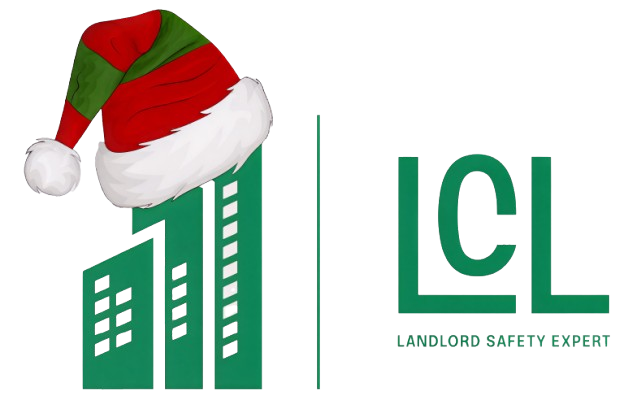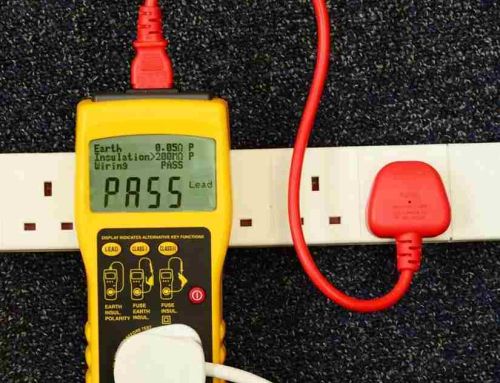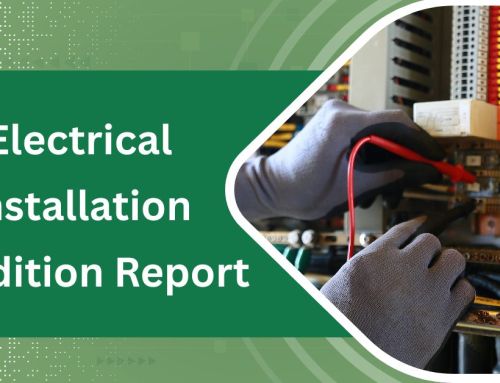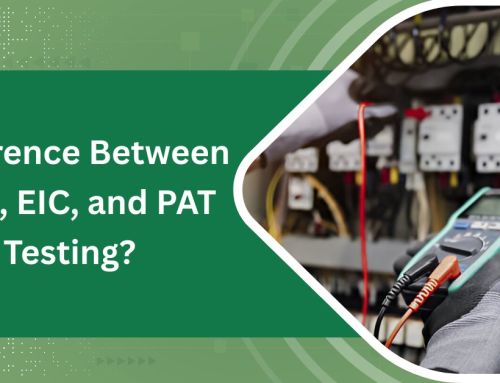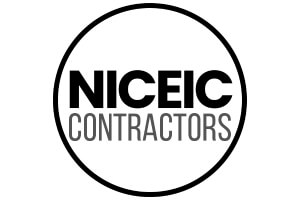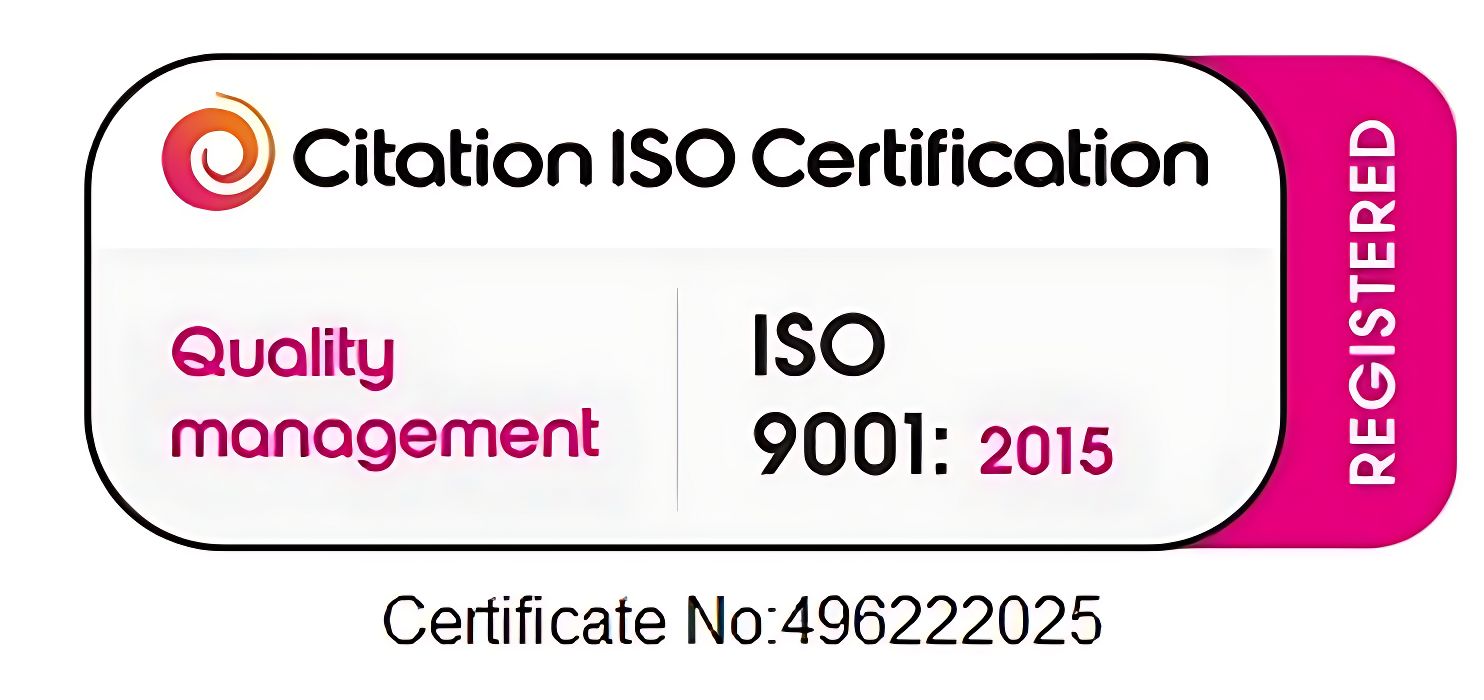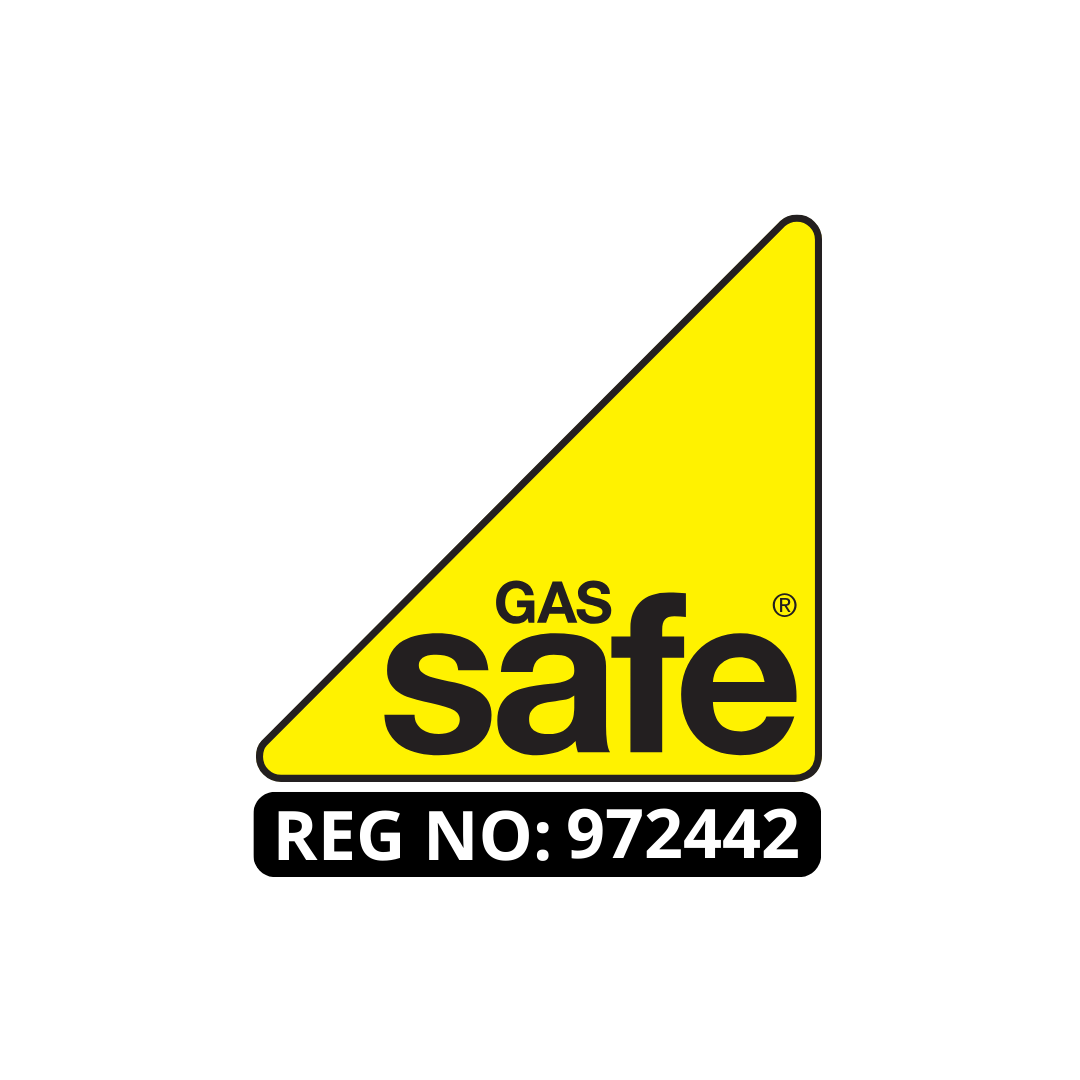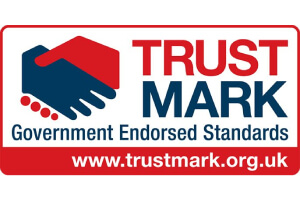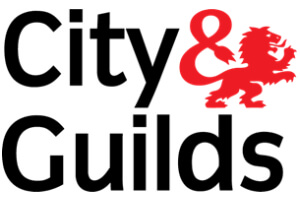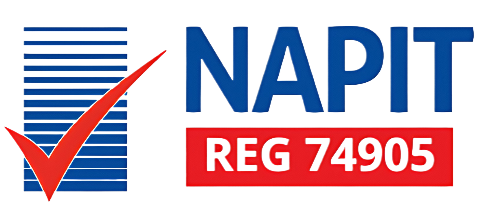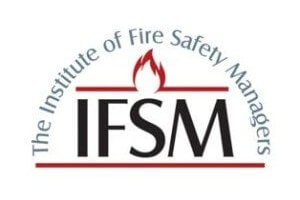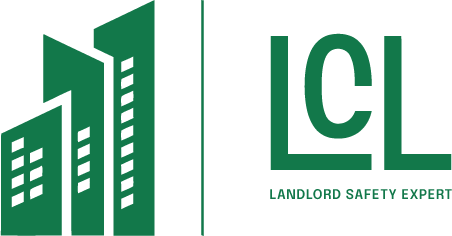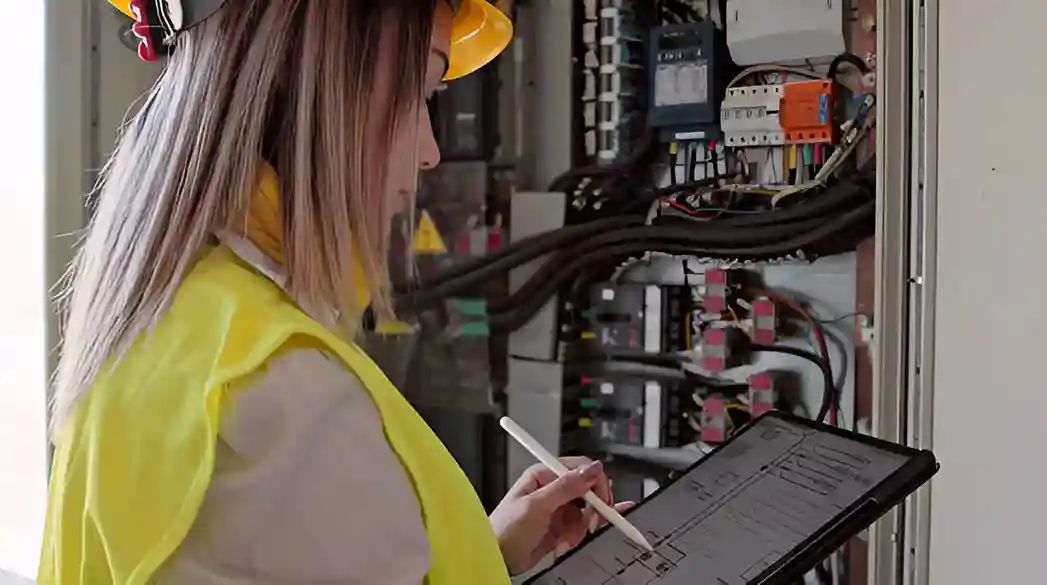
The EICR Report serves as an essential assessment tool for the safety of electrical installations in various properties. It highlights potential hazards and guarantees compliance with current safety regulations. Understanding its purpose and implications can greatly impact property management and personal safety. As the importance of electrical safety continues to grow, individuals may wonder about the specific benefits and requirements associated with obtaining this report. What insights can it provide?
Key Takeaways
- An EICR certificate evaluates electrical safety, identifies hazards, and ensures compliance with safety regulations for property owners, tenants, and landlords.
- Findings in an EICR are categorized into codes (C1, C2, C3, FI) indicating the urgency of necessary actions.
- In the UK, landlords must conduct EICR every five years and provide reports to tenants within 28 days to comply with legal requirements.
- EICR reports enhance safety by identifying risks, potentially lowering insurance premiums, and facilitating smoother property transactions.
- Regular electrical checks differ from EICRs, as EICRs provide a thorough assessment and detailed reports on the entire electrical system.
What Is an EICR Report?
An Electrical Installation Condition Report (EICR) serves as an essential document for evaluating the safety and condition of electrical systems in a property.
This report highlights potential hazards, ensuring that electrical installations comply with safety regulations. It is a crucial tool for property owners, tenants, and landlords, empowering them with knowledge about their electrical systems.
The EICR provides an impartial assessment, identifying issues such as faulty wiring, outdated equipment, or inadequate earthing.
The Purpose of an Electrical Installation Condition Report
The Electrical Installation Condition Report (EICR) serves an important function in maintaining safety standards within electrical systems. This report evaluates the condition of electrical installations, identifying potential hazards that could compromise safety. By conducting thorough inspections, the EICR guarantees that all electrical components are functioning correctly and comply with regulatory requirements.
Notably, the EICR checks highlight any deficiencies that may pose risks to users or property, thereby promoting a proactive approach to safety. Landlords, homeowners, and businesses can utilise this report to demonstrate their commitment to electrical safety and compliance with legal obligations.
Furthermore, the EICR serves as a crucial documentation tool that aids in future maintenance and upgrades, ultimately enhancing the longevity and reliability of electrical systems.
Essentially, the EICR empowers individuals and organisations to take informed actions toward safeguarding their environments, guaranteeing peace of mind while enjoying their spaces freely.
How an EICR Differs from a Regular Electrical Check
While both an Electrical Installation Condition Report (EICR) and a regular electrical check aim to guarantee safety, they differ greatly in scope and purpose. An EICR is a thorough assessment that evaluates the overall condition of the electrical system, confirming compliance with safety standards. In contrast, a regular electrical check typically focuses on specific components, often lacking the depth of an EICR.
| Feature | EICR |
|---|---|
| Scope | Thorough assessment |
| Compliance | Confirms adherence to regulations |
| Frequency | Recommended every 5 years |
An EICR not only identifies existing hazards but also provides a detailed report, highlighting necessary remedial actions. Regular checks may overlook broader issues, which can compromise electrical safety. Understanding these differences empowers property owners to make informed decisions regarding their electrical safety needs.
Why You Need an EICR inspection
Understanding the necessity of an EICR report is essential for maintaining electrical safety in any property. This report serves as a thorough assessment of an electrical installation’s condition, identifying potential hazards and ensuring compliance with safety regulations. By obtaining an EICR, property owners can proactively address electrical issues before they escalate, thereby safeguarding the occupants’ well-being.
Furthermore, an EICR certificate provides peace of mind, allowing individuals to enjoy their spaces without the looming worry of electrical faults. It can also enhance property value, as potential buyers or tenants often seek assurance of safety and compliance.
Regular EICR checks foster accountability, encouraging property owners to prioritise electrical upkeep and contribute to a culture of safety. In essence, securing an EICR report is not just a legal obligation; it is a fundamental step toward ensuring a safe, functional, and inviting living or working environment.
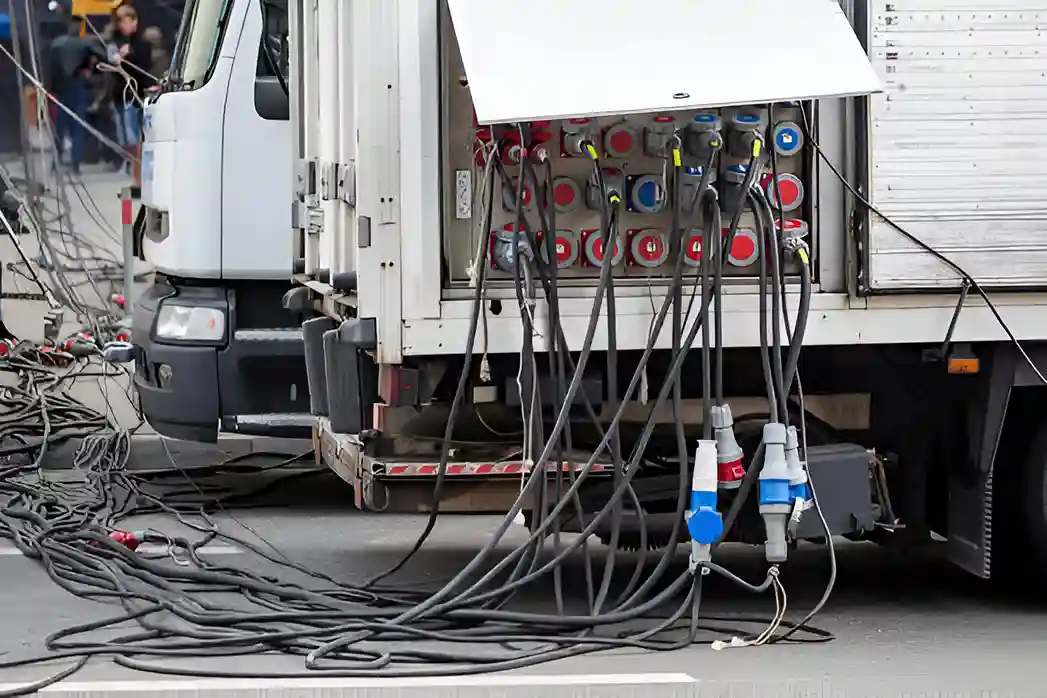
Who Should Get an EICR Report?
Property owners, landlords, and businesses should prioritise obtaining an EICR report to confirm the safety and compliance of their electrical installations. This essential certificate verifies that electrical systems are safe for use, mitigating risks associated with electrical hazards.
The following groups should particularly consider getting an EICR report:
- Residential Landlords: To comply with legal obligations and confirm tenant safety.
- Commercial Property Owners: To protect employees and customers from electrical risks.
- Real Estate Agents: To enhance property value and appeal to potential buyers.
- Tenants: To advocate for their right to a safe living environment.
- Homeowners Planning Renovations: To assess existing electrical safety before upgrades.
What Does an EICR Report Cover?
EICR testing covers a thorough assessment of electrical installations to guarantee their safety and compliance with current regulations. This extensive evaluation includes inspecting wiring, circuits, and electrical accessories such as switches and sockets.
Assessors check for any signs of wear, damage, or deterioration that might pose a risk of electric shock or fire. The report also evaluates earthing and bonding to ensure effective grounding, which is essential for safety.
Additionally, the EICR report identifies any circuits that may not comply with the latest standards, highlighting areas requiring improvement or urgent attention. It provides detailed recommendations for remedial work if necessary, empowering property owners to take informed actions.
Ultimately, an EICR report serves as an important tool for promoting electrical safety, ensuring that individuals can enjoy their spaces with confidence and peace of mind.
The Process of Getting an EICR Report
Obtaining an EICR report involves a systematic approach to confirm electrical safety in a property. This process assures that electrical installations comply with safety standards and minimise risks.
Homeowners and landlords can take significant steps to secure a thorough inspection.
- Identify qualified electricians with relevant certifications.
- Schedule a convenient time for the inspection.
- Ascertain all areas, including hidden wiring, are accessible.
- Review the findings and recommendations in the report.
- Address any issues promptly to guarantee compliance.
How Often Do You Need an EICR
While many homeowners may overlook the frequency of Electrical Installation Condition Reports (EICRs), it is essential to adhere to recommended timelines for safety compliance.
Generally, it is advisable to conduct an EICR every five years for residential properties. However, this timeline may vary based on specific circumstances. For example, rental properties require an EICR every five years or upon a change of tenancy, while commercial properties often have different regulations influenced by their use.
Homeowners should also consider the age of the electrical installation; older systems might need more frequent assessments. Regular inspections not only guarantee compliance but also help identify potential hazards, granting peace of mind.
Ultimately, scheduling EICRs at appropriate intervals allows homeowners to enjoy their living spaces freely and safely, fostering a sense of security in their electrical systems.
Legal Requirements for an EICR Report in the UK
What are the legal requirements for obtaining an Electrical Installation Condition Report (EICR) in the UK?
The law mandates that landlords and property owners guarantee electrical safety through periodic inspections. These requirements are designed to promote the safety and well-being of all tenants and occupants.
- An EICR must be conducted by a qualified electrician.
- Reports are required every five years for rental properties.
- Immediate remedial actions are necessary for any ‘C1’ (danger present) findings.
- Landlords must provide a copy of the EICR to tenants within 28 days of the inspection.
- Failure to comply may result in fines or legal action.
Understanding these legal requirements empowers individuals to take charge of their electrical safety obligations, fostering a sense of freedom and responsibility in maintaining safe living environments.
Benefits of Getting an EICR Report
Securing an Electrical Installation Condition Report (EICR) offers numerous advantages beyond meeting legal obligations. To begin with, it enhances safety by identifying potential hazards, reducing the risk of electrical shocks or fires. This proactive measure not only protects individuals but also safeguards property and investments.
Moreover, obtaining an EICR fosters peace of mind. Knowing that electrical installations have been assessed by a qualified professional empowers property owners to feel secure in their environment.
Additionally, an EICR can contribute to lower insurance premiums. Insurers may offer better rates to those who demonstrate a commitment to safety and compliance.
Finally, a valid EICR can facilitate smoother transactions in property management or rental agreements, ensuring that all parties are aware of the electrical condition of the premises.
EICR Report for Homeowners / Why It Matters Before Buying or Selling
Why is obtaining an Electrical Installation Condition Report (EICR) crucial for homeowners contemplating a property transaction? An EICR provides essential insights into the electrical safety and compliance of a property, guaranteeing that homeowners can make informed decisions.
For both buyers and sellers, understanding the electrical condition can be pivotal in negotiations and future safety.
- Guarantees safety for occupants and prevents electrical hazards.
- Identifies potential issues that could lead to costly repairs.
- Enhances property value by demonstrating compliance with safety standards.
- Facilitates smoother transactions by providing transparency.
- Empowers homeowners with knowledge, promoting peace of mind.
Incorporating an EICR into the buying or selling process not only supports financial decisions but also champions a commitment to safety and well-being.
Homeowners gain freedom from uncertainty, allowing them to navigate transactions with confidence and assurance.
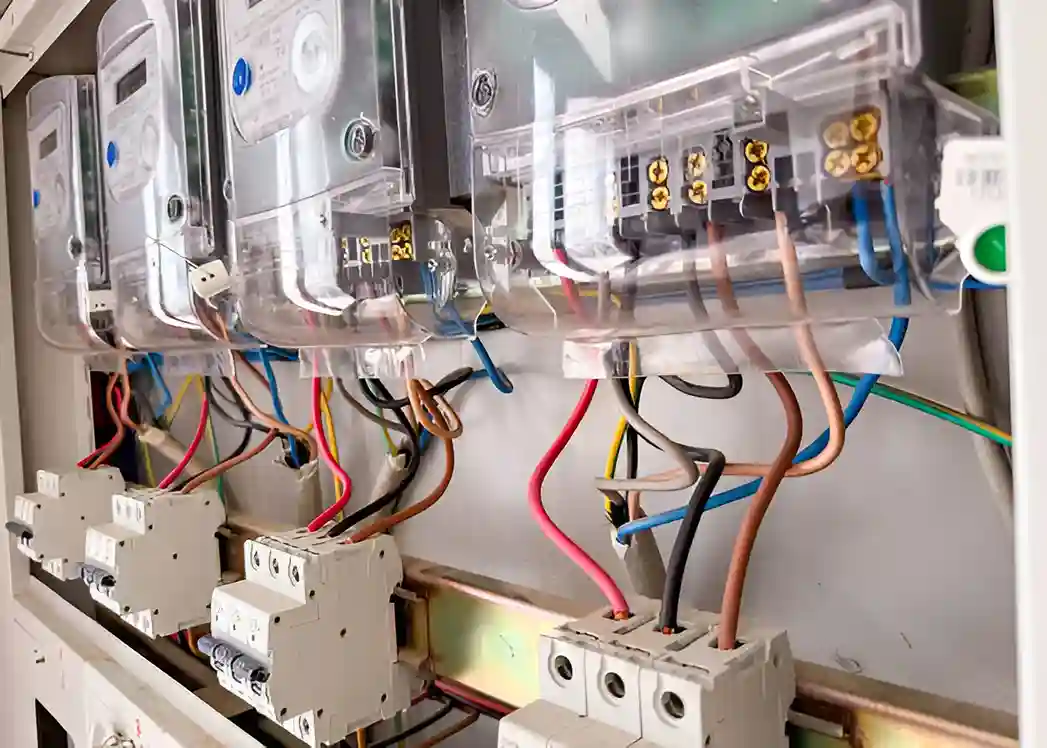
Understanding the Results of Your EICR Certification
While reviewing the results of an Electrical Installation Condition Report (EICR), homeowners can gain a clear understanding of their property’s electrical safety status. The report categorises findings into various codes, indicating the level of urgency for each issue. Recognising these codes can empower homeowners to make informed decisions regarding their electrical systems.
| Code | Meaning |
|---|---|
| C1 | Danger Present |
| C2 | Potentially Dangerous |
| C3 | Improvement Recommended |
| FI | Further Investigation Needed |
Understanding these codes helps homeowners prioritise repairs or upgrades. A C1 rating requires immediate action, while a C3 indicates a non-compliance issue that should be rectified but poses no immediate risk. By grasping the implications of their EICR report, homeowners can guarantee their living environment is safe, allowing for peace of mind and the freedom to enjoy their space without electrical concerns.
How an EICR Report Helps Reduce Fire Hazards
An Electrical Installation Condition Report (EICR) plays an essential role in identifying potential fire hazards within a property’s electrical system.
By evaluating the condition of wiring, appliances, and connections, the EICR helps guarantee safety and promotes peace of mind for property owners.
Key benefits of an EICR in reducing fire hazards include:
- Detection of outdated wiring that may pose risks
- Identification of overloaded circuits that could ignite fires
- Evaluation of faulty appliances contributing to hazards
- Uncovering of poor installation practices that compromise safety
- Recommendations for necessary repairs to mitigate risks
Frequently Asked Questions
Performing an EICR independently is not advisable, as it requires specialised knowledge and skills. A qualified electrician guarantees accurate assessment and compliance with safety standards, providing peace of mind for those who value their electrical safety.
An electrician should possess relevant qualifications, such as a Level 3 Electrical Installation qualification, City & Guilds certifications, and membership in professional bodies. Additionally, experience and knowledge of current electrical regulations are essential for ensuring safety.
An electrician should possess relevant qualifications, such as a Level 3 Electrical Installation qualification, City & Guilds certifications, and membership in professional bodies. Additionally, experience and knowledge of current electrical regulations are essential for ensuring safety.
If a property fails the inspection, required repairs must be made to address safety issues. Failure to comply can result in legal consequences, increased risks, and potential liabilities, emphasising the importance of maintaining electrical safety standards.
EICR reports are not inherently transferable between property owners. Each owner should obtain their own report to guarantee electrical safety compliance, as conditions may change and individual responsibilities differ. This promotes accountability and safety for all occupants.
Conclusion
In summary, an EICR Report is an essential tool for ensuring electrical safety in properties. By identifying potential hazards and ensuring compliance with safety regulations, it serves the interests of landlords, tenants, and homeowners alike. Regular assessments not only enhance property value but also greatly reduce the risk of electrical failures, including fire hazards. Ultimately, investing in an EICR Report promotes peace of mind and safety within residential environments, making it a vital aspect of property maintenance.
About the Author: Atia Amin
Related Posts
Get Social
Recent Posts
- Gas Safety Certificates: A Complete Guide for Property Professionals
- Fire Risk Assessment: Why Every Building Needs a Safety Blueprint
- Fire Safety Inspection: Ensuring Your Property is Safe
- Fire Safety Service Misconceptions That Put Landlords at Risk in the UK
- Compliance value of asbestos management survey
